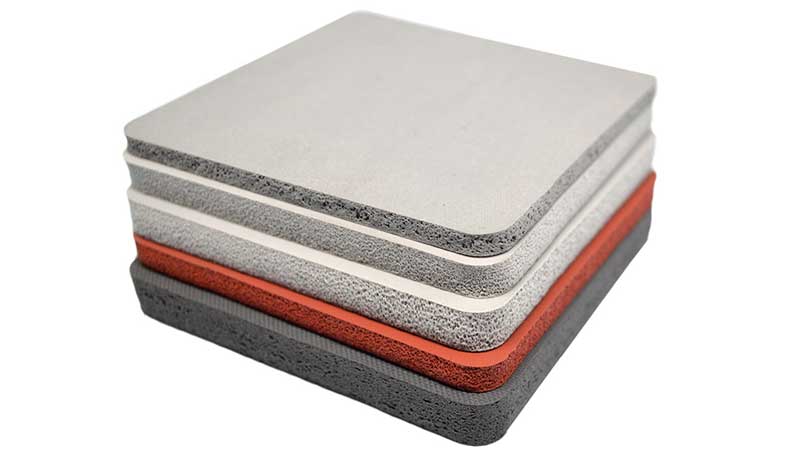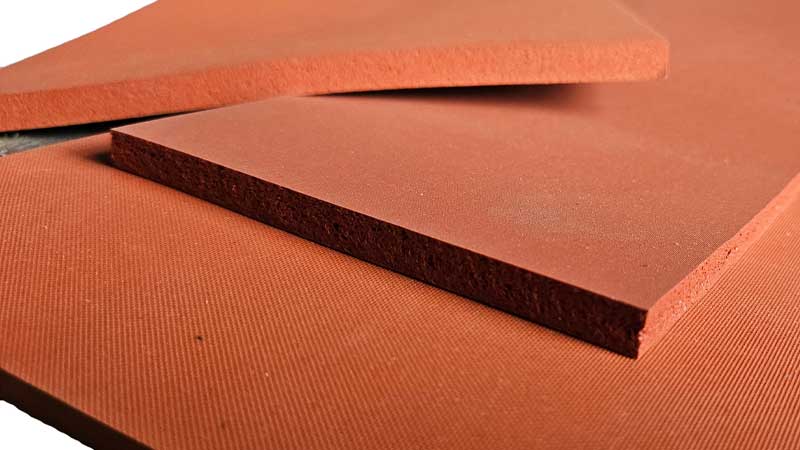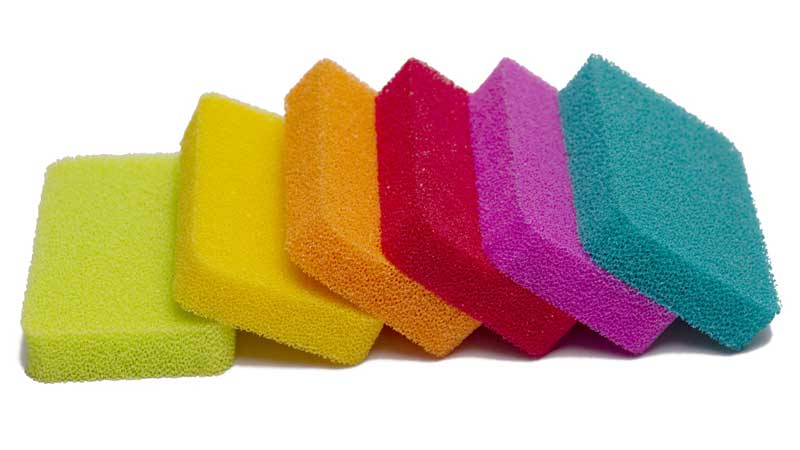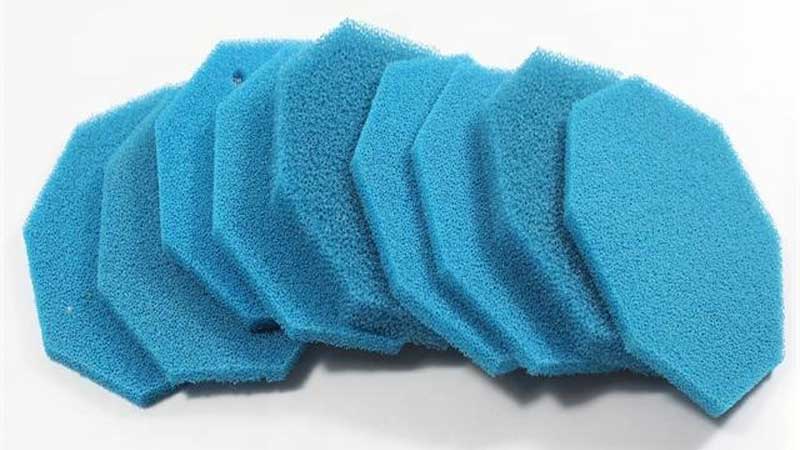Silicone sponge is a lightweight and flexible material. It is made from silicone rubber through a foaming process. It combines the high-temperature stability of silicone with the softness of sponge, widely used in industries such as automotive, electronics, medical, and construction.

What Are Features of Silicone Sponge?
The main component of silicone sponge is polydimethylsiloxane (PDMS). During the foaming process, foaming agents and catalysts are added to create a uniform bubble structure. Based on whether the internal bubbles are connected, silicone sponge can be divided into two types:
- Closed-cell: The bubbles are separate and not interconnected. This structure provides very low water absorption and excellent sealing performance.
- Open-cell: The bubbles are connected, making the material softer and more breathable. It is suitable for applications that require sound absorption or cushioning.
In addition, various functional additives can be added as needed, such as heat stabilizers, flame retardants, conductive fillers, or food-grade materials. These modifications allow silicone sponge to perform well in different environments and applications.
What Are the Performance Advantages of Silicone Sponge?
Silicone sponge stands out for combining lightweight properties with high performance. Its benefits extend beyond physical characteristics to include chemical stability, environmental adaptability, and safety, offering solutions for industrial and consumer applications.
Excellent Sealing and Thermal Insulation
Closed-cell silicone sponge has isolated bubbles, preventing air and water penetration. This makes it highly effective for sealing and heat insulation.
- Sealing examples: Automotive door and window seals keep rain out and reduce wind noise.
- Thermal insulation examples: In electronics, silicone sponge gaskets protect power modules or LED lights from overheating.
The low thermal conductivity of closed-cell structures also provides efficient insulation in industrial equipment and building materials, improving overall energy efficiency.

Good Cushioning and Resilience
Silicone sponge quickly returns to its original shape after compression. Its low permanent compression ensures elasticity over long-term use.
- Cushioning examples: Used in electronic packaging or instrument shock pads, it absorbs vibrations during transport or operation.
- Resilience notes: Even under long-term pressure, closed-cell sponge rebounds in seconds to its original thickness, maintaining sealing and cushioning performance.
This makes it ideal for seals or components that experience frequent stress, such as medical device gaskets or door and window seals.
Outstanding Weather and Aging Resistance
Silicone sponge is chemically stable and resists UV, ozone, oxidation, and extreme weather for long periods.
- Outdoor examples: Building façade seals and automotive external gaskets stay flexible and sealed even under prolonged sun and rain exposure.
- Temperature range: Silicone sponge remains elastic from -60°C to 230°C, suitable for both extreme cold and high heat.
Compared with traditional rubber, its aging resistance ensures longer service life and reduces maintenance and replacement costs.

Chemical and Biological Inertia
Silicone sponge is non-toxic, odorless, and chemically inert.
- Food contact examples: Seals in baking equipment or food processing machines ensure safety without harmful substance migration.
- Medical examples: Gaskets in medical devices or lab equipment withstand sterilization and high-temperature disinfection while maintaining flexibility and sealing.
Its chemical inertness also allows durable performance in chemical labs or corrosive industrial environments.
Excellent Electrical Insulation
Silicone is a strong insulator, and the sponge structure further reduces current leakage risks.
- Electronic examples: Used as insulating pads in PCBs, power modules, or connectors to prevent short circuits or interference.
- Safety advantages: Closed-cell silicone sponge maintains stable insulation even in high humidity or temperature, improving device reliability.
Additionally, conductive fillers can be added to produce anti-static or shielding silicone sponges, expanding applications in electronics.

Conclusion
Silicone sponge is a versatile material that combines light weight, flexibility, and excellent weather resistance. From high-temperature sealing to electronic insulation, from medical devices to home protection, it covers almost every field that requires sealing, cushioning, and thermal insulation.
With years of experience in silicone formulation and mold manufacturing, we offer one-stop solutions from material selection and design to processing. Contact us today to get the most suitable customized silicone solution for your needs.